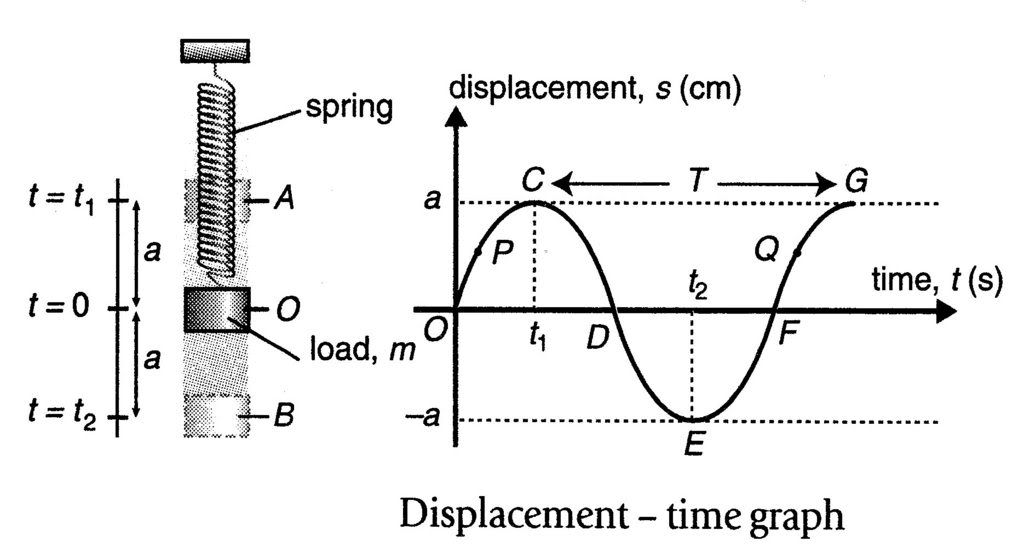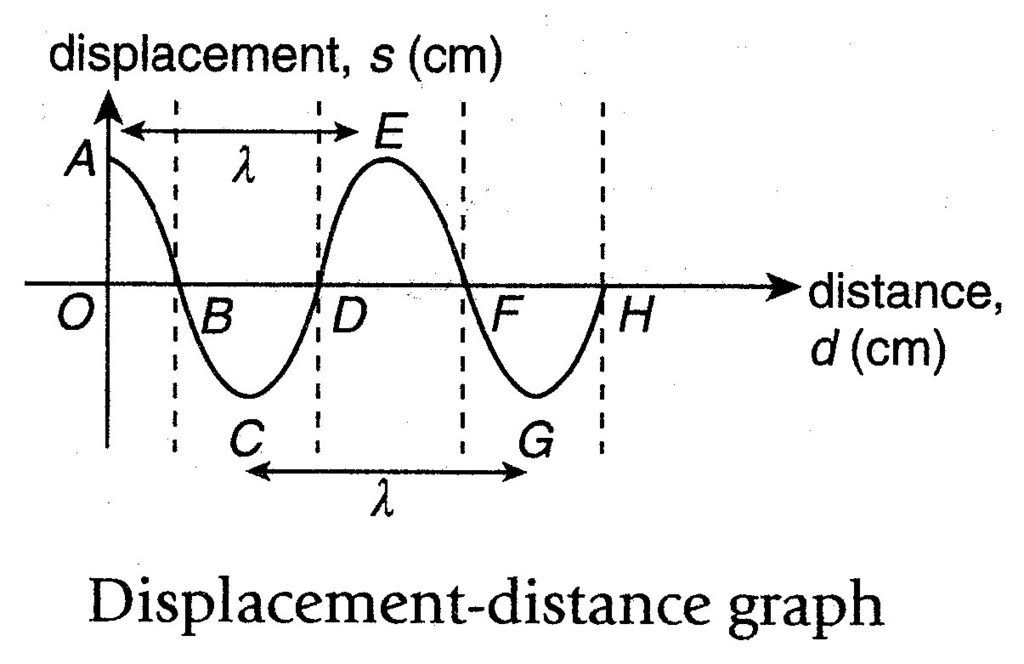Topic 6 : Waves
Sub-topic 6.1 : Understanding Waves
Learning Outcomes:
At the end of learning session, students should be able to
- Describe damping in oscillating system.
- Describe resonance in oscillating system.
- The amplitude of oscillation of the simple pendulum will gradually decrease and become zero when the oscillation stops. The decrease in the amplitude of an oscillating system is called damping.
- An oscillating system experiences damping when its energy is drained out as heat energy.
- The frequency of a system which oscillates freely without the action of an external force is called the natural frequency.
- Resonance occurs when a system is made to oscillate at a frequency equivalent to its natural frequency by an external force. The resonating system oscillates at its maximum amplitude.











